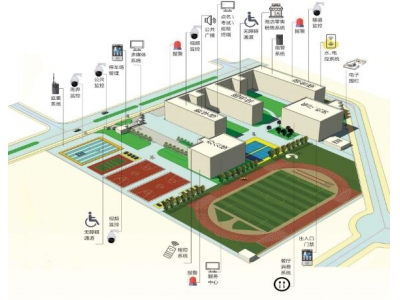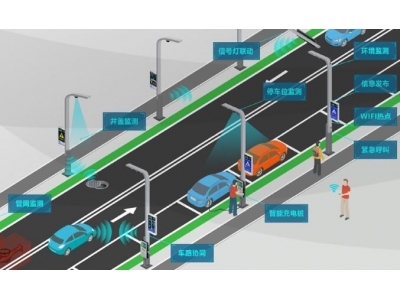In recent years, artificial intelligence (AI) has made significant advancements in various fields, including education. AI has the potential to revolutionize the way we teach and learn. One of the most promising applications of AI in education is its role as an AI assistant for teaching, commonly known as an AI teaching assistant. By leveraging AI technology, these intelligent assistants can provide personalized and adaptive support to both teachers and students, ultimately enhancing the teaching and learning experience.
The Role of AI Teaching Assistants
AI teaching assistants are designed to complement and support human teachers, not to replace them. These digital assistants can perform a wide range of tasks, such as answering student queries, providing feedback on assignments, and even grading papers. By automating these time-consuming administrative tasks, AI teaching assistants free up valuable time for teachers to focus on more meaningful and impactful aspects of teaching, such as lesson planning and individualized instruction.
Personalized Learning
One of the key benefits of AI teaching assistants is their ability to provide personalized learning experiences for students. Through machine learning algorithms, these assistants can analyze vast amounts of data on each individual student's performance, learning preferences, and past interactions to tailor the content and pace of instruction. This personalized approach helps students learn at their own pace, filling in knowledge gaps and addressing their unique needs. Students receive immediate feedback and can access additional resources based on their specific areas of improvement.
Supporting Collaboration and Engagement
AI teaching assistants also play a crucial role in fostering collaboration and engagement among students. With the help of AI, group activities and discussions can be augmented with intelligent algorithms that identify optimal team compositions and stimulate meaningful conversations. By analyzing students' strengths, weaknesses, and learning styles, AI assistants can facilitate the formation of balanced and diverse teams, leading to more effective collaboration and knowledge sharing. Furthermore, these assistants can offer real-time feedback and suggestions during discussions, encouraging active participation and critical thinking.
Ethical Considerations and Challenges
Despite the numerous benefits of AI teaching assistants, there are ethical considerations and challenges that need to be addressed. The use of AI in education raises concerns about data privacy, algorithm bias, and the potential for over-reliance on technology. It is essential to ensure that student data is protected and that AI systems are fair and unbiased in their decision-making processes. Additionally, striking the right balance between human instruction and AI assistance is crucial to prevent the undue replacement of human teachers.
Conclusion
Artificial intelligence has the potential to revolutionize teaching and learning, and AI teaching assistants are just one example of how this technology can be applied in the educational setting. By providing personalized support, fostering collaboration, and enhancing engagement, AI assistants empower both teachers and students to achieve better educational outcomes. However, it is essential to approach the use of AI in education with caution, addressing ethical considerations and ensuring that technology remains a tool to enhance, rather than replace, human instruction.
Thank you for taking the time to read this article on how artificial intelligence is enhancing teaching and learning. By understanding the role of AI teaching assistants, their benefits, and the ethical considerations involved, we can make informed decisions about incorporating AI into education and ensure the best possible outcomes for teachers and students.







